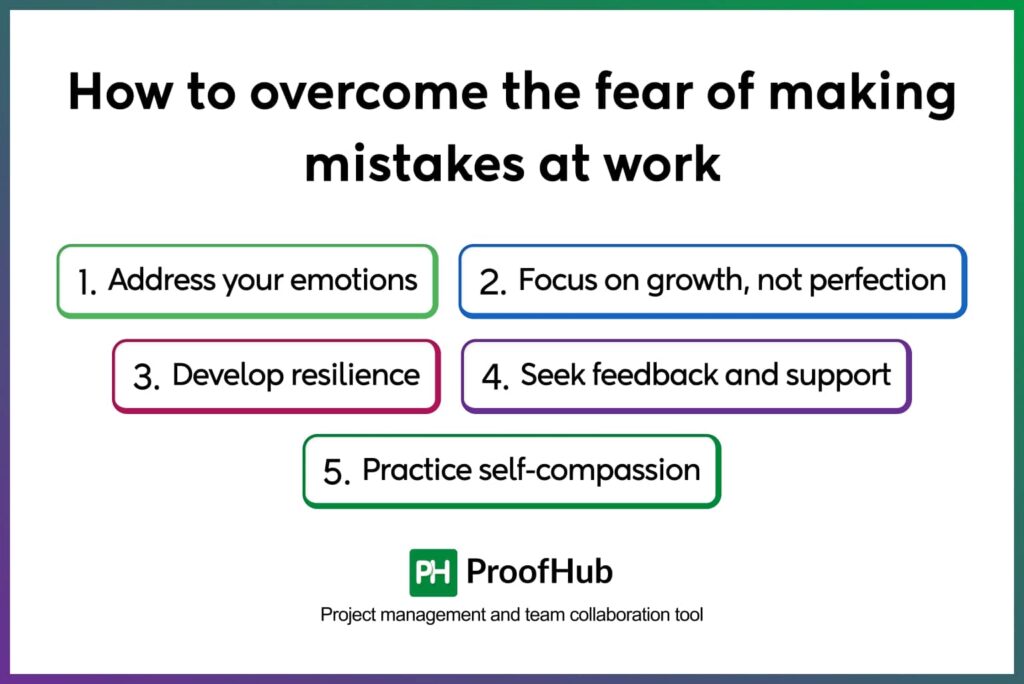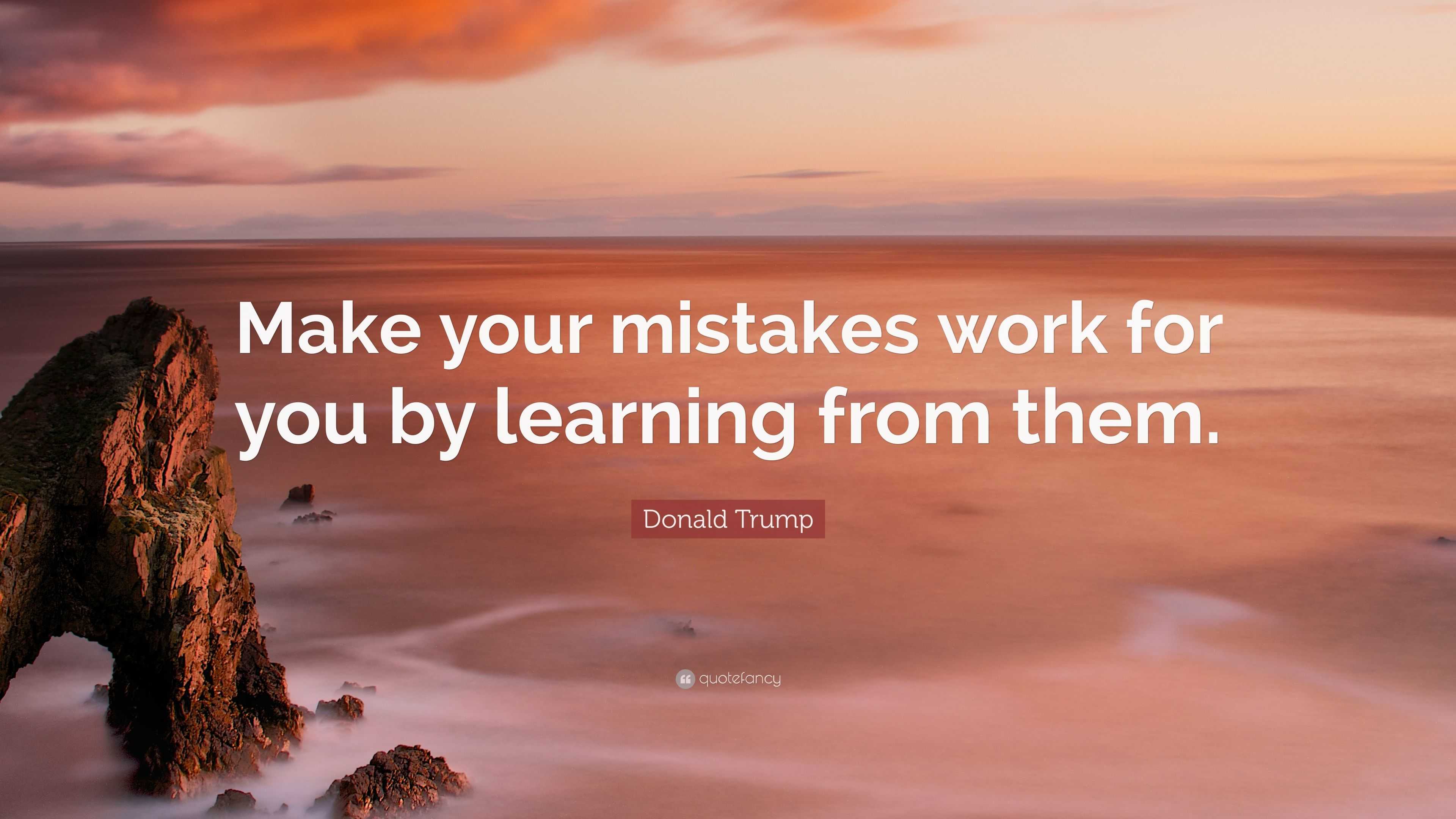Keep Making Small Mistakes At Work

Imagine this: a steaming mug of coffee sits beside a keyboard, illuminated by the soft glow of a monitor. The cursor blinks, a digital dare to create, innovate, and… occasionally, falter. A typo slips through, a deadline is nudged, a slightly-off color palette gets approved. Sound familiar? We've all been there.
While aiming for perfection is admirable, embracing small, manageable mistakes at work can surprisingly unlock creativity, accelerate learning, and foster a more resilient and innovative work environment. This shift in perspective allows us to view errors not as failures, but as stepping stones toward growth and greater success.
The Stigma of Error: A Cultural Shift
For generations, workplaces have often stigmatized mistakes, fostering a culture of fear and risk aversion. This environment can stifle creativity and prevent employees from taking the necessary leaps needed for innovation. The fear of failure often leads to playing it safe, missing out on opportunities for substantial gains.
However, a growing movement is challenging this traditional view, recognizing the valuable lessons and insights that arise from even minor missteps. Organizations are increasingly adopting a growth mindset, encouraging employees to experiment, iterate, and learn from their experiences, both positive and negative.
The Benefits of Making Small Mistakes
The advantages of permitting (and even gently encouraging) small mistakes are plentiful. First, minor errors can serve as powerful learning opportunities. By analyzing what went wrong, individuals gain a deeper understanding of processes, identify potential weaknesses, and develop more effective solutions.
Furthermore, the willingness to make small mistakes often fuels innovation. When employees feel safe to experiment and take calculated risks, they are more likely to explore unconventional ideas and challenge the status quo. This, in turn, can lead to breakthroughs and a competitive edge.
Consider the famous example of 3M and the creation of the Post-it Note. A failed adhesive, initially deemed a mistake, ultimately led to one of the company's most successful products. This highlights how embracing perceived errors can sometimes unlock unexpected innovations.
Creating a Safe Space for Mistakes
To reap the benefits of this approach, organizations must cultivate a culture of psychological safety. This involves fostering an environment where employees feel comfortable admitting mistakes, sharing their learnings, and seeking help without fear of punishment or ridicule.
Leadership plays a crucial role in setting this tone. By openly acknowledging their own mistakes and celebrating the learning process, leaders can model the desired behavior and create a culture of transparency and vulnerability. Constructive feedback, focused on growth and improvement rather than blame, is also essential.
"The only man who never makes mistakes is the man who never does anything." - Theodore Roosevelt
According to a study by Harvard Business School, teams with high levels of psychological safety are more likely to innovate and solve complex problems effectively. This underscores the importance of creating an environment where mistakes are viewed as opportunities for growth, rather than reasons for shame.
Embracing Imperfection: A Personal Journey
On an individual level, embracing imperfection can lead to increased confidence and resilience. Recognizing that mistakes are a natural part of the learning process can alleviate anxiety and allow individuals to approach challenges with a more positive and proactive mindset.
Instead of dwelling on errors, focus on extracting the valuable lessons they offer. Analyze what went wrong, identify areas for improvement, and develop strategies to prevent similar mistakes in the future. The key is to view each error as a stepping stone on the path to mastery.
So, the next time you make a small mistake at work, don't beat yourself up. Instead, take a deep breath, learn from the experience, and embrace the opportunity to grow. After all, it's often the small missteps that lead to the biggest breakthroughs.


















